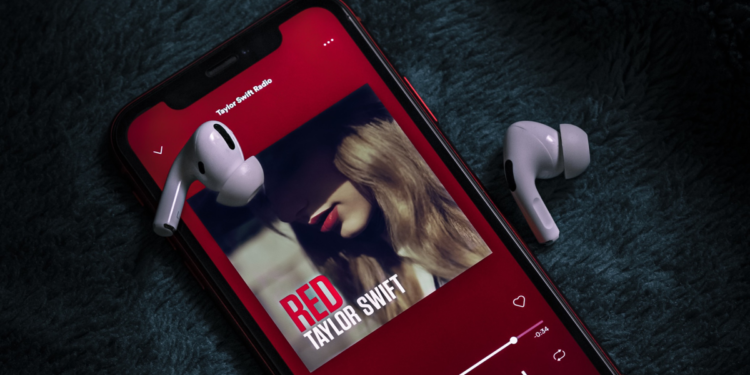Apple is adding new Lossless and Hi-Res Lossless tiers to Apple Music in June 2021. But so far, it's been a bit confusing trying to figure out which devices support Apple Music's Lossless Audio and which devices don't.
This article will cover everything we know about Lossless Audio so far and will be updated as needed once the feature launches. Let's get started.
What is Lossless Audio?
Apple is upgrading its entire streaming music catalog to lossless audio using the Apple Lossless Audio Codec (ALAC) format. ALAC is a lossless compression format that allows Apple to produce smaller file sizes without compromising the integrity of the original audio recording. Lossless means that after compression and then decompression, the audio users hear is identical to the audio as recorded by the artist, preserving the texture, detail and tone that went into creating the music. With lossless audio, Apple Music subscribers can hear songs exactly as the artists recorded them in the studio and how they intended them to be heard.
Lossless audio quality
The standard lossless level starts at CD quality, which is 16-bit at 44.1 kHz and goes up to 24-bit at 48 kHz. Apple also adds a Hi-Res Lossless level for audiophiles, available at 24-bit 192 kHz. However, Hi-Res Lossless requires a USB digital-to-analog converter (DAC).
support for lossless devices
Loud Apple lossless audio can be heard on Apple Music via iPhone, iPad, Mac and Apple TV.
No support:
However, none of Apple's headphones work with lossless audio, including the HomePod or HomePod mini. The AirPods, AirPods Pro, and AirPods Max are limited to the Bluetooth AAC codec and simply cannot support the ALAC format. Even when connected via a physical cable, the AirPods Max do not support true lossless audio. It's not clear if ALAC support is something Apple may add in the future, as Bluetooth 5.0 should technically support higher bitrates, and it's also unknown if Apple plans to add support to future audio devices.
Apple Music: Lossless audio songs
When Apple introduces lossless music tracks, 20 million songs will support the codec at launch. The entire library, which contains around 75 million tracks, is expected to follow suit by the end of the year. The feature is limited to Apple Music streaming subscribers. Lossless quality will not be available for iTunes purchases and there is no way to switch your own music to lossless via iTunes Match.
Can we even hear lossless audio?
Lossless audio is not a new concept and has been supported for years through iTunes and the Apple Music app for Mac. There is some controversy surrounding lossless audio. However, there are some people who are unable to hear the difference between lossy audio and uncompressed lossless audio files. There are other issues to consider as well, such as the quality of the device you are listening to the music on. Lossless audio primarily appeals to audiophiles, which is why most people won't miss the lossless quality on their HomePod, AirPods, AirPods Pro, and AirPods Max.
Spatial Audio with Dolby Atmos
Apple's more notable announcement of Apple Music was somewhat overshadowed by the lossless music feature. The HomePod, all AirPods, and all Beats headphones with Apple's H1 or W1 chip automatically support the new Dolby Atmos feature Apple is introducing in Apple Music. Dolby Atmos for other headphones paired with an Apple device can be manually enabled through the Settings app on the respective device. With this feature, artists are able to capture multi-dimensional audio that makes it sound like the music is coming from all around them.
Apple Music Lossless launch date
Apple is laying the groundwork for the new Apple Music update in iOS 14.6, iPadOS 14.6, tvOS 14.6 and macOS Big Sur 11.4 and plans to introduce lossless audio and spatial audio with Dolby Atmos in June. (Photo by Unsplash / Omid Armin)





